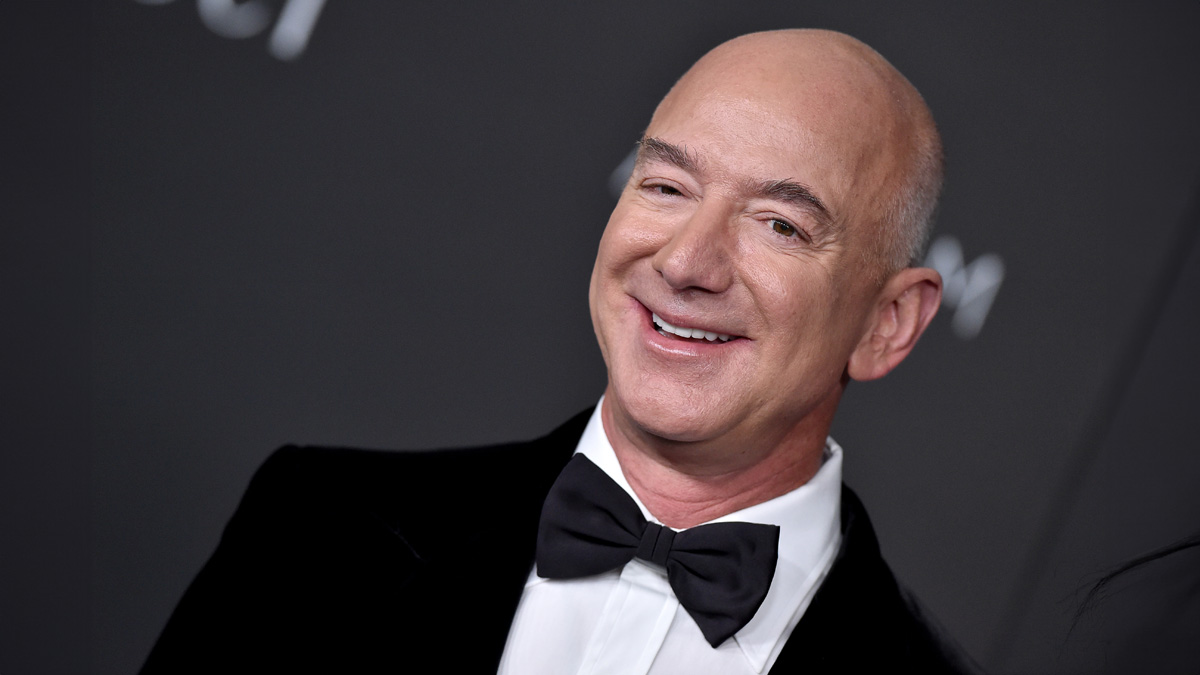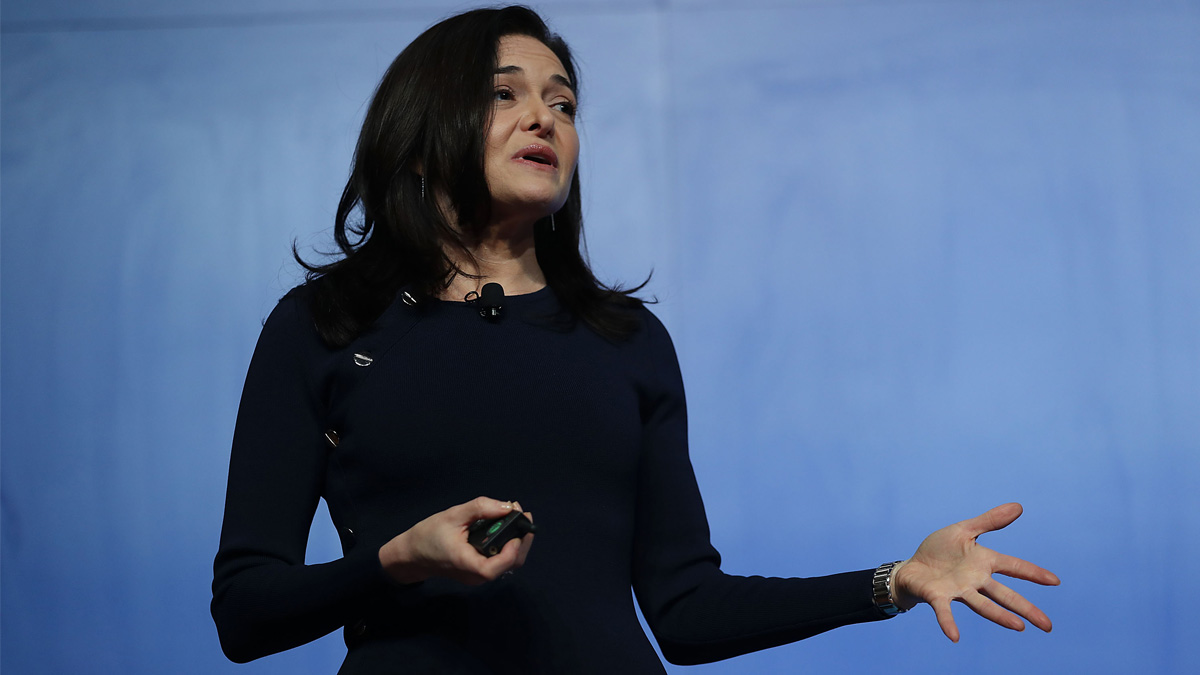The unconventional meeting strategies of the world’s top business leaders
From Jeff Bezos and Steve Jobs to Sheryl Sandberg and Jack Ma, we garner lessons in how to run meetings
 Jeff Bezos (Image: Axelle/Bauer-Griffin/FilmMagic)
Jeff Bezos (Image: Axelle/Bauer-Griffin/FilmMagic)
The world’s most successful business leaders have some quirky strategies on how to draw the best from their teams – and it’s reflected in the way they run meetings.
As CEO of Amazon, Jeff Bezos was famed for keeping meetings small enough for participants to be fed with just two pizzas. He banned the use of PowerPoint slides and insisted there be a shared physical document in the room for each participant to read before a meeting began.
This created a common starting point as everyone was aligned to the same objective with access to shared information which meant it could be built upon with confidence that everyone understood the basics of the issue at hand.
Apple co-founder Steve Jobs also hated big meetings and demanded only those who were essential to a particular outcome were included. We have all been in meetings where half the room turns up because they got the email notification, but they add no value and are distracted from what they should have been doing.

While this might stick in the craw for many who want to get meetings done quickly, Facebook’s then-chief operating officer Sheryl Sandberg would invite participants to discuss their emotional and professional state of mind before launching into the agenda. It worked for her. She also kept a spiral notebook in which she made notes, odd for a tech exec, but it enabled her to tick off tasks so that when they were all completed to her satisfaction she could simply rip out the page.
Another tech boss, Jack Dorsey had a meeting style that, as it turned out, wasn’t for everyone. He was CEO of two tech firms, Square and Twitter (which was taken over by Elon Musk, who brought a fundamentally different approach to the company). Dorsey would split his time equally between the companies, which he ran concurrently from 2015 until 2021, and kept a rigid structure for both.
Mondays were reserved for management meetings, Tuesdays focused on product, while marketing took precedence on Wednesdays. Developers and partnerships were the focus on Thursday at both firms, while Fridays were dedicated to culture and recruiting new talent.
Oprah Winfrey was not a fan of meetings so attended as few as possible and, when forced to, ran them with the same no-nonsense approach she took in her highly successful TV shows. She began each meeting by exploring its intention, followed by what was important and what mattered – if it could be resolved in an email, there was no need for a meeting.

Netflix founder Reed Hastings once joked that he had foregone an office as he was always in meetings. He would end each with the question: “Have we made any decisions today and, if so, how are we going to communicate them?” Like Bezos and Jobs, Hastings banned PowerPoint presentations.
The founder of the online marketplace Alibaba, Jack Ma told the World Economic Forum in Davos that he strove to never be the smartest person in the room and hired people he knew to be better than him in their focus area. He also stated that his job was to get individuals to work together effectively. Perhaps his early training as an English teacher taught him skills in the effective management of group dynamics. It made him a billionaire.
For Gary Vaynerchuk, who has used social media to cultivate guru status, the secret is to set a time for a meeting and cut it in half. This strategy cuts chit-chat and forces focus. Although it’s not clear what happens once everyone figures out the strategy.
Known for his unconventional approach to just about everything, Elon Musk encourages those who believe they have nothing useful to add to leave a meeting as their time will be employed more effectively elsewhere. Acronyms and jargon must be avoided, conversations should get to the point quickly and meetings should be infrequent.



